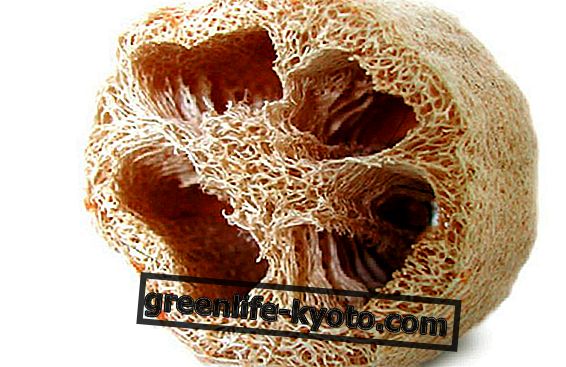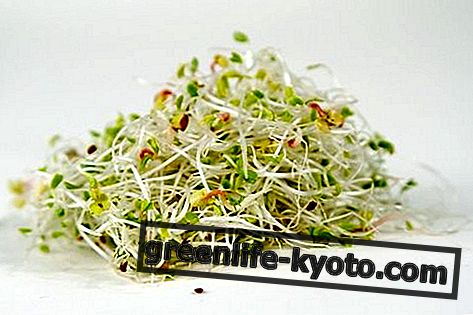
Nutrition is fundamental to human life, yet it is much more than a necessity or a habit. Diet is culture, it is tradition and it is also much more. What we eat depends on many factors: taste, state of health, cost of the product but also history, geography, politics and economy of the place where we live.
Knowing and understanding the diet of different ethnic groups therefore means defining a complex series of factors and helping to evaluate one's eating style in a more objective and critical way and to find the one most suited to one's body nature.
"Man is what he eats" said Ludwig Andreas Feuerbach: nothing is more true than this motto.
Main features of Vietnamese cuisine
Vietnamese cuisine is perhaps the lightest in all of Asia and is characterized by the use of fresh herbs, delicat soups and seasonal grilled vegetables that are served with rice, the most common food in Vietnam, or the characteristic tagliolini, which are found in many other Asian culinary traditions. The dessert usually consists of fresh fruit accompanied by sweetened rice or tapioca.
As in all culinary traditions, there are differences between the region and the region; however, the common denominator is the simplicity of the dishes, the almost total absence of added fats and the widespread use of fresh fruit and vegetables, both cultivated and wild.
Vietnamese cuisine also provides for the widespread use of all types of fish products, especially in the south of the country, while in the colder north, meat is mainly consumed. Rice is also different between North and South; in the northern part of Vietnam, long-grain beans are more widespread, while round rice is preferred in the south.
Contaminations between Vietnamese cuisine and other cuisines
Vietnamese cuisine, although distinguished from Chinese and Thai cuisine, has nevertheless been heavily contaminated by these two culinary traditions. From China derive the use of ingredients such as soy sauce, tofu, bean sprouts and the typical tagliolini; from Thailand, on the other hand, comes mainly the use of sugar as a sweetener and spices that give a spicy taste to foods; however, Vietnamese cuisine remains much less sweet and less spicy than Thai.
Even the French colonists have left behind some culinary traditions; from France, Vietnam has inherited especially the use of stuffed baguette and the habit of making sauces with meat and fish.













